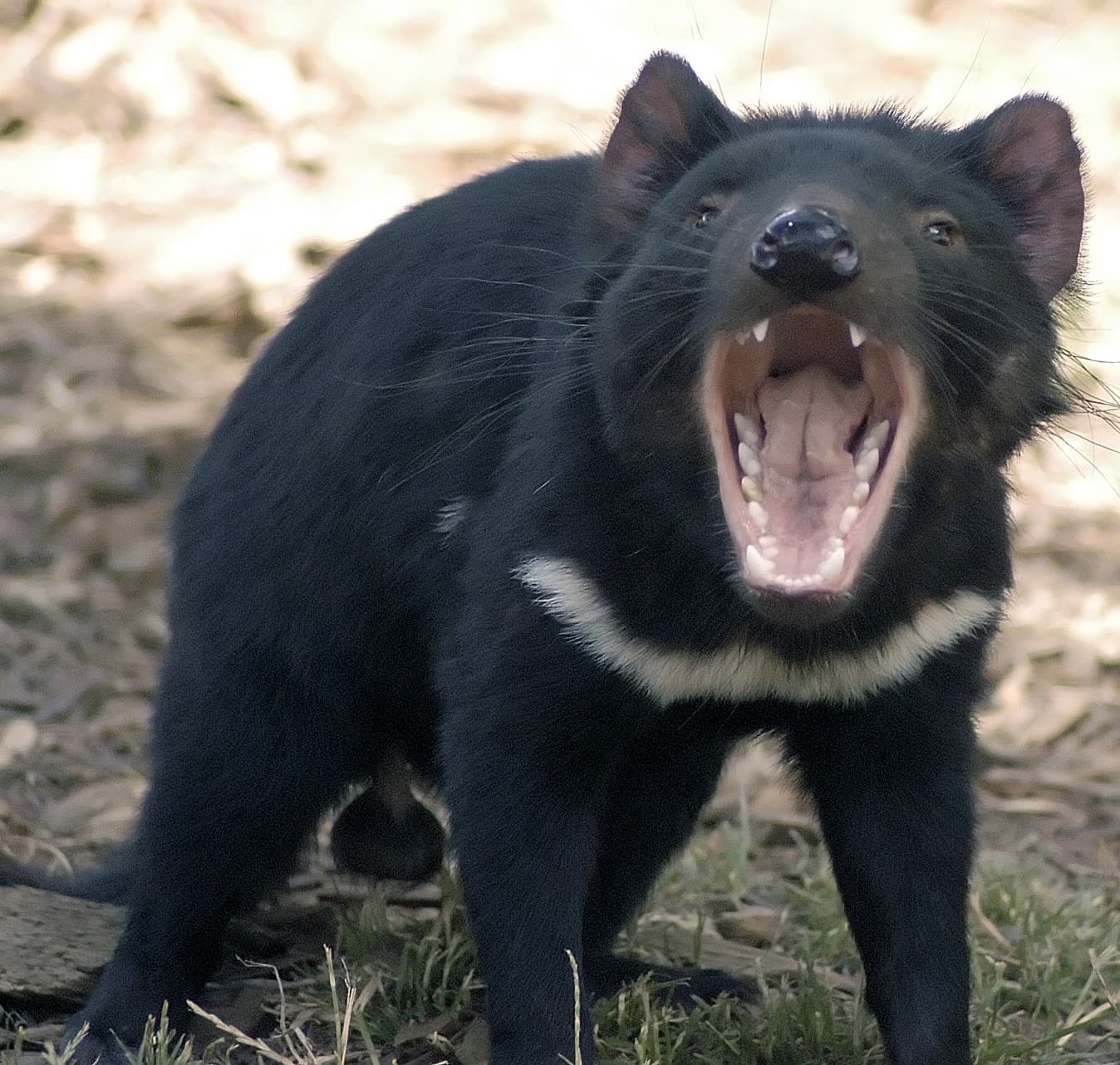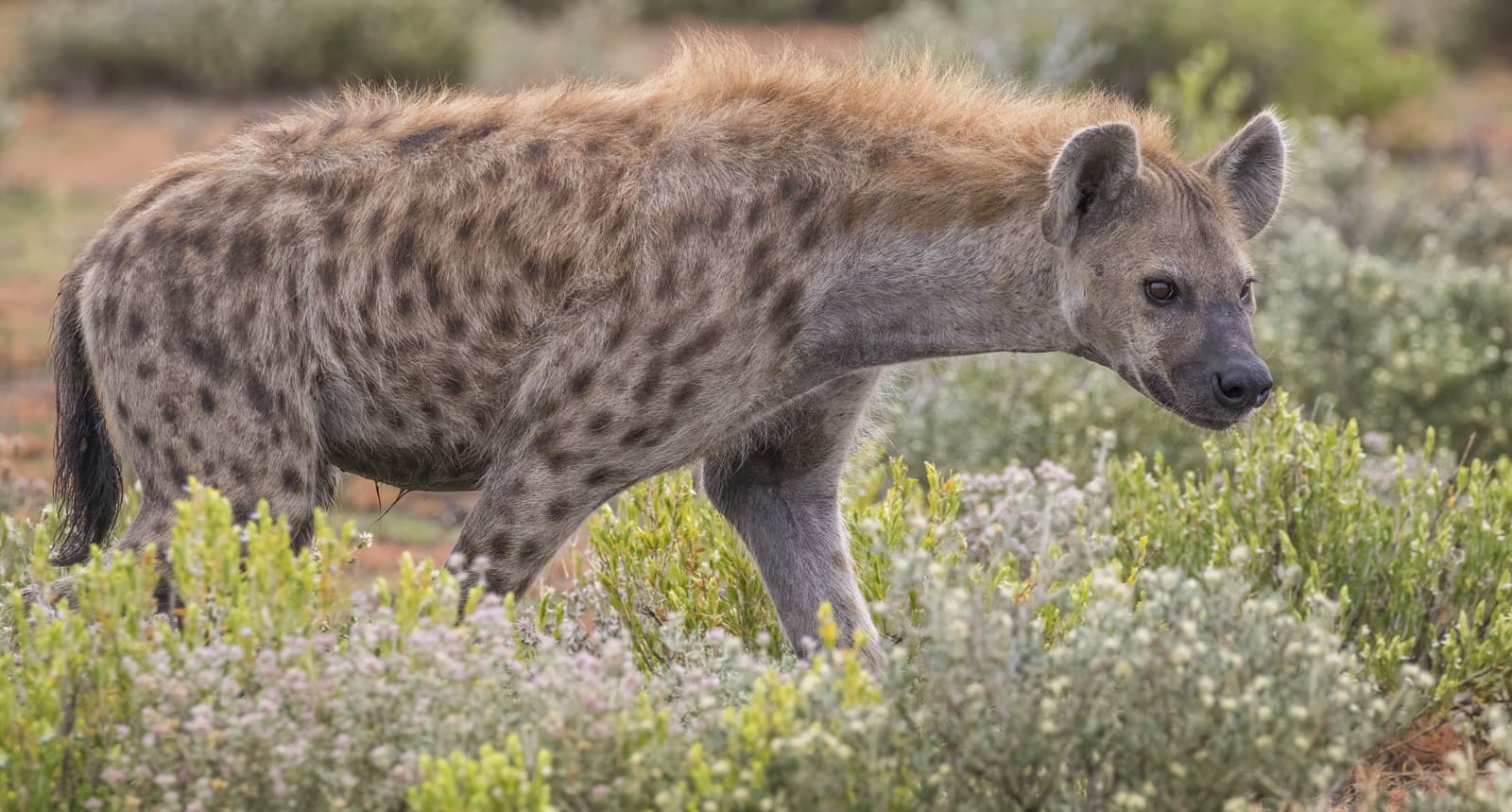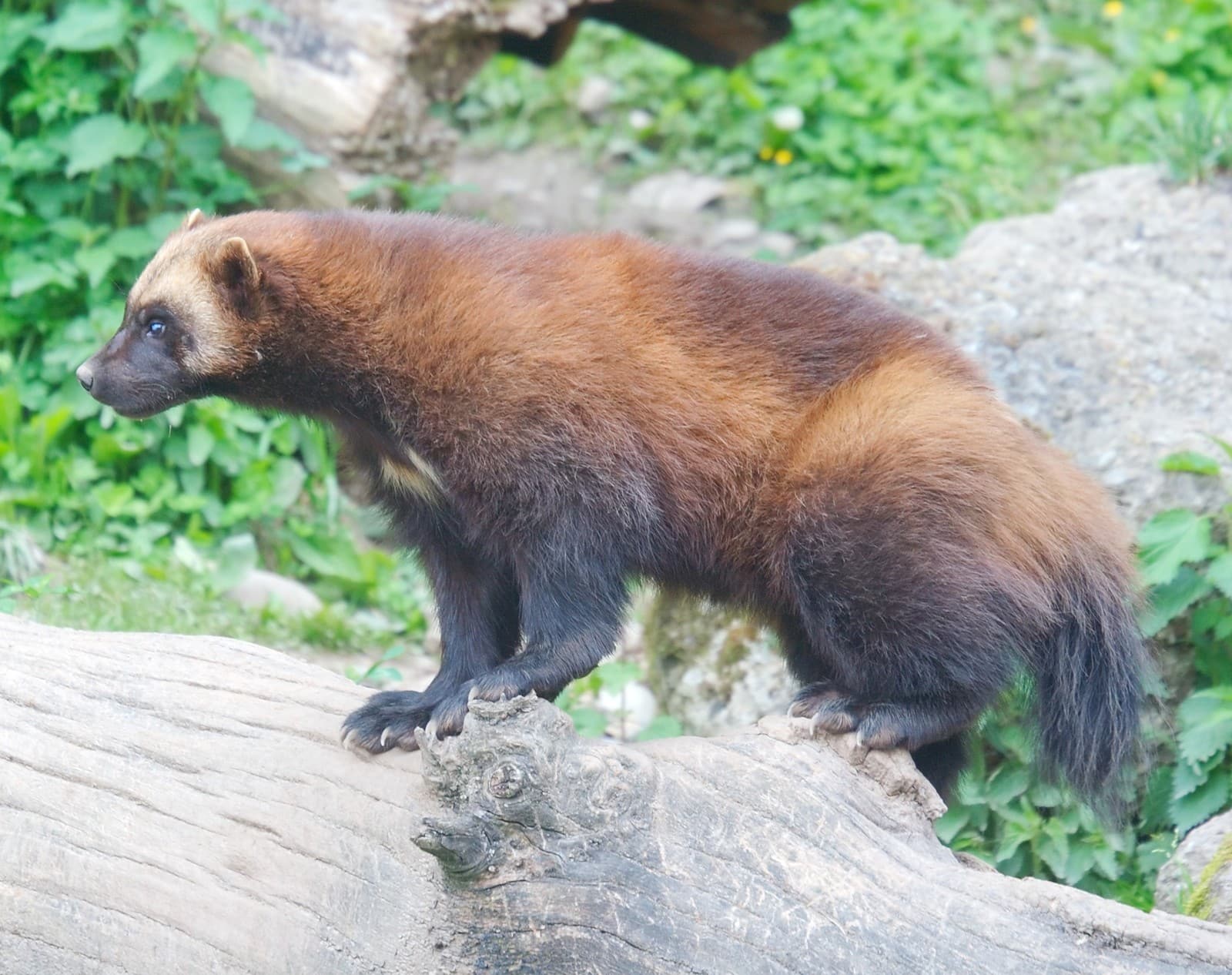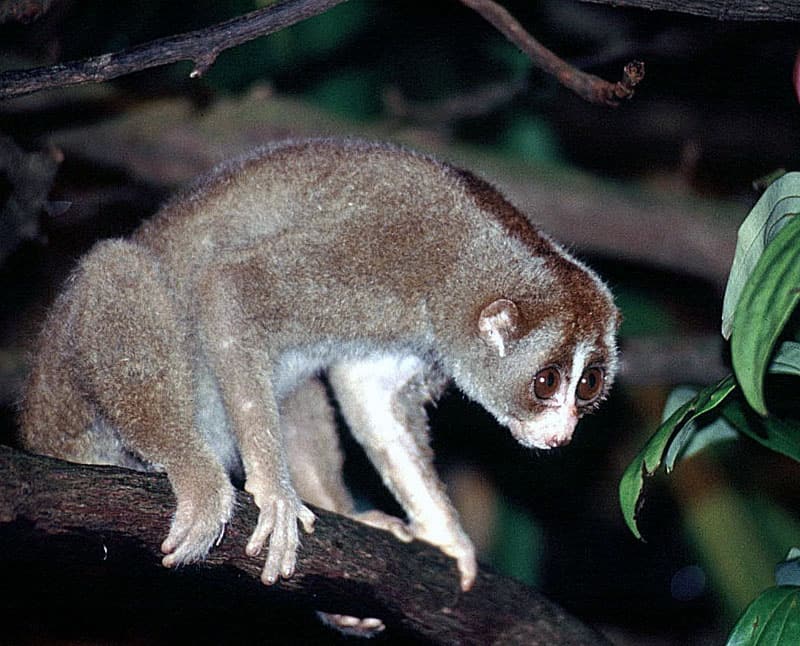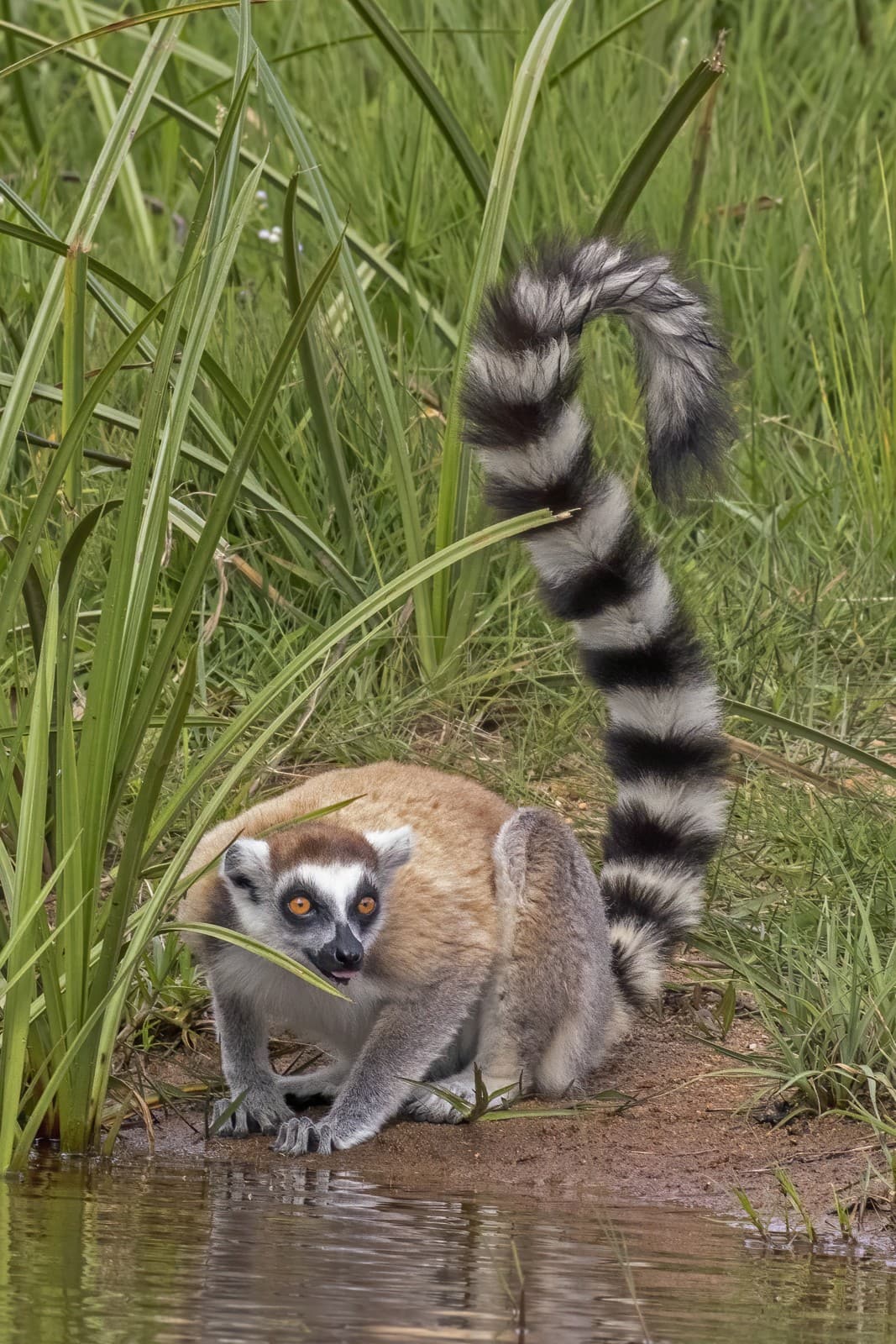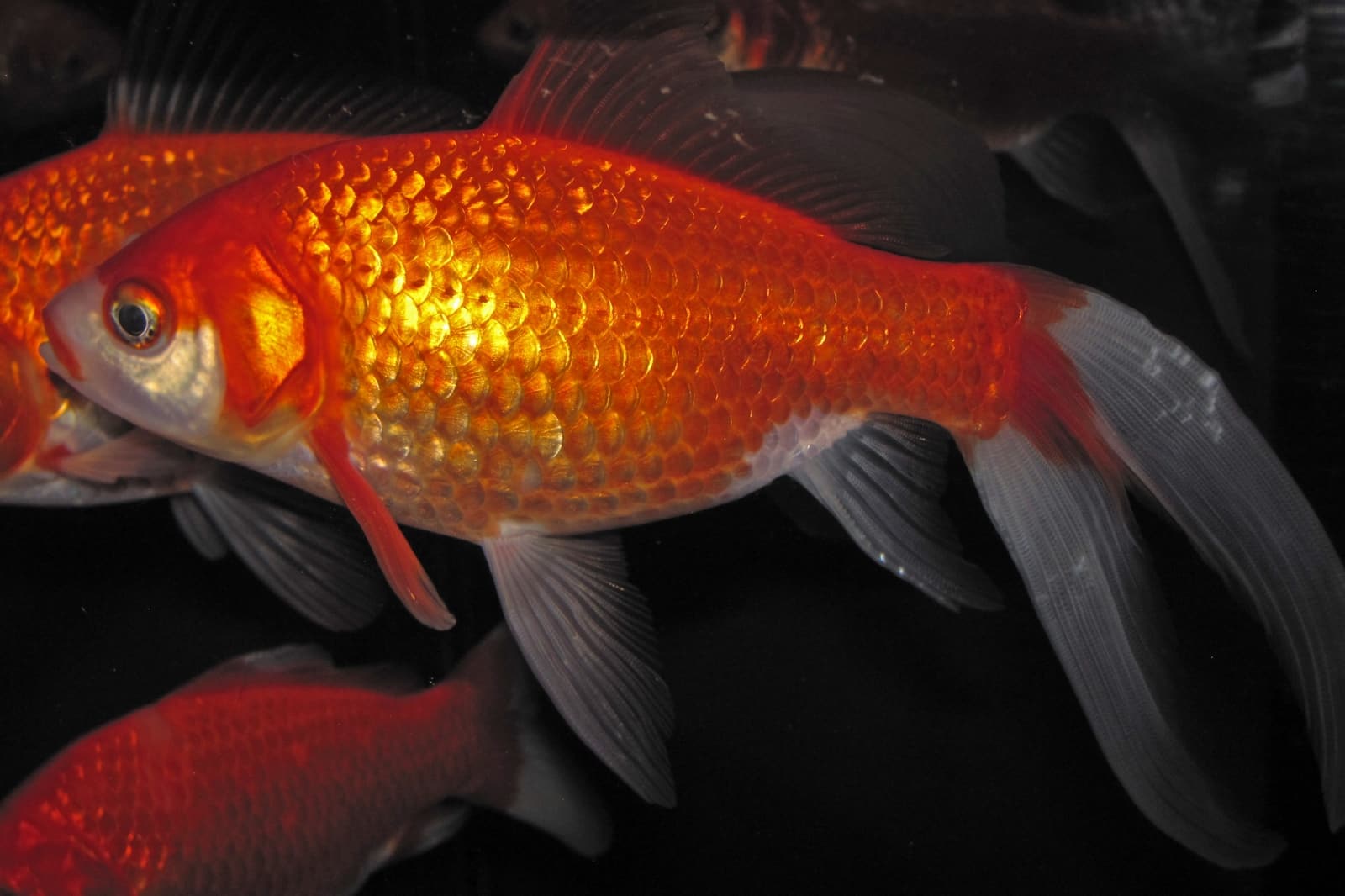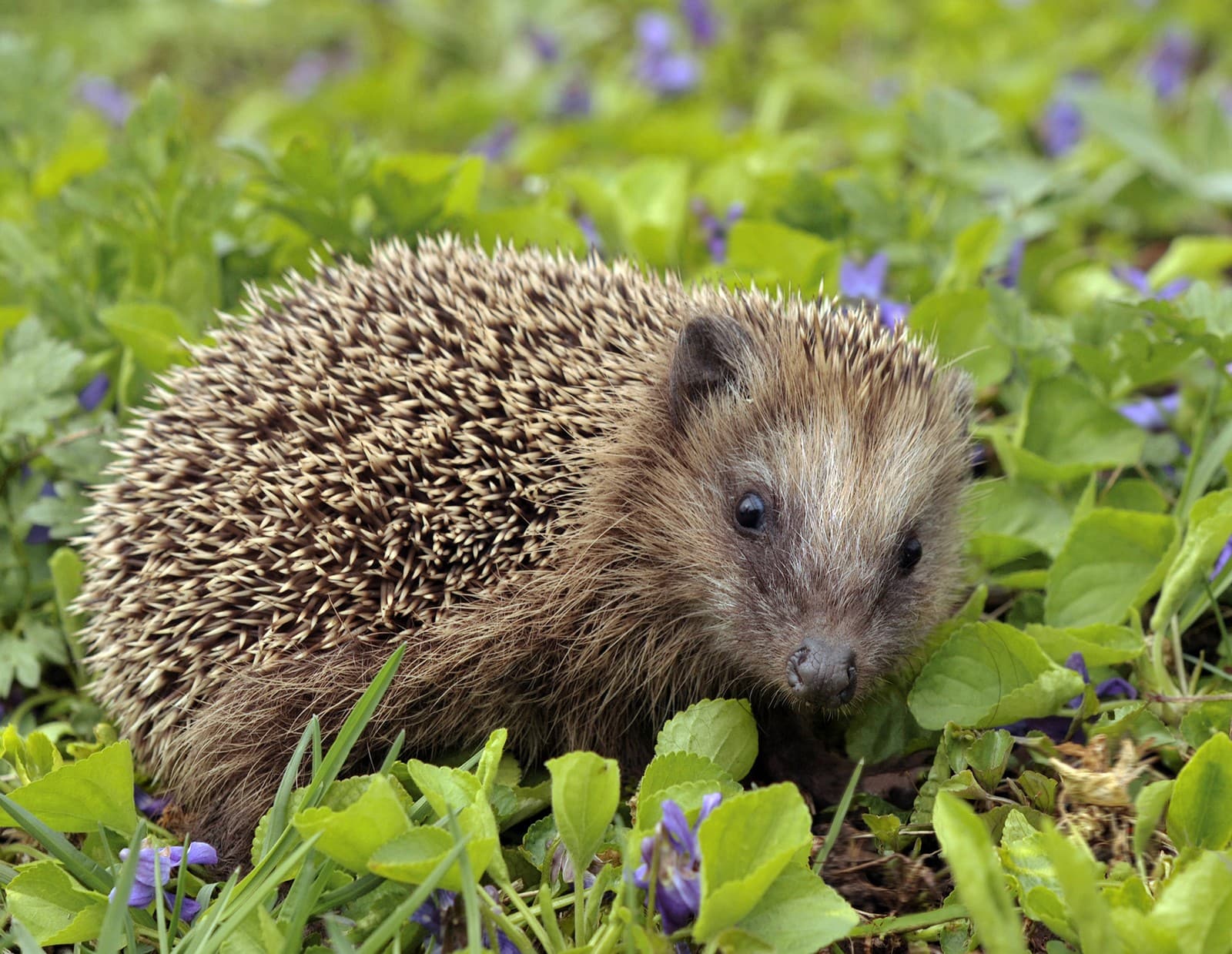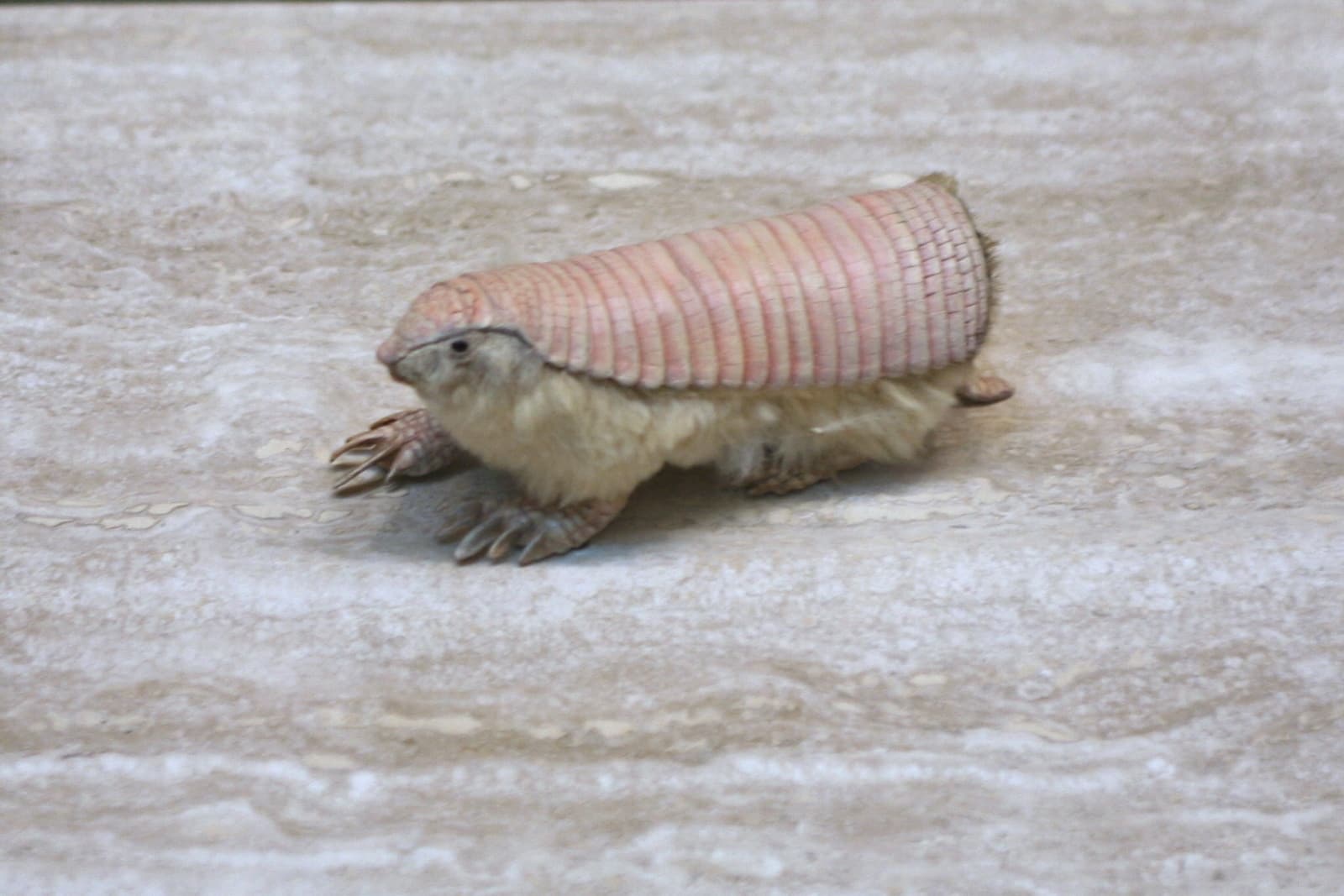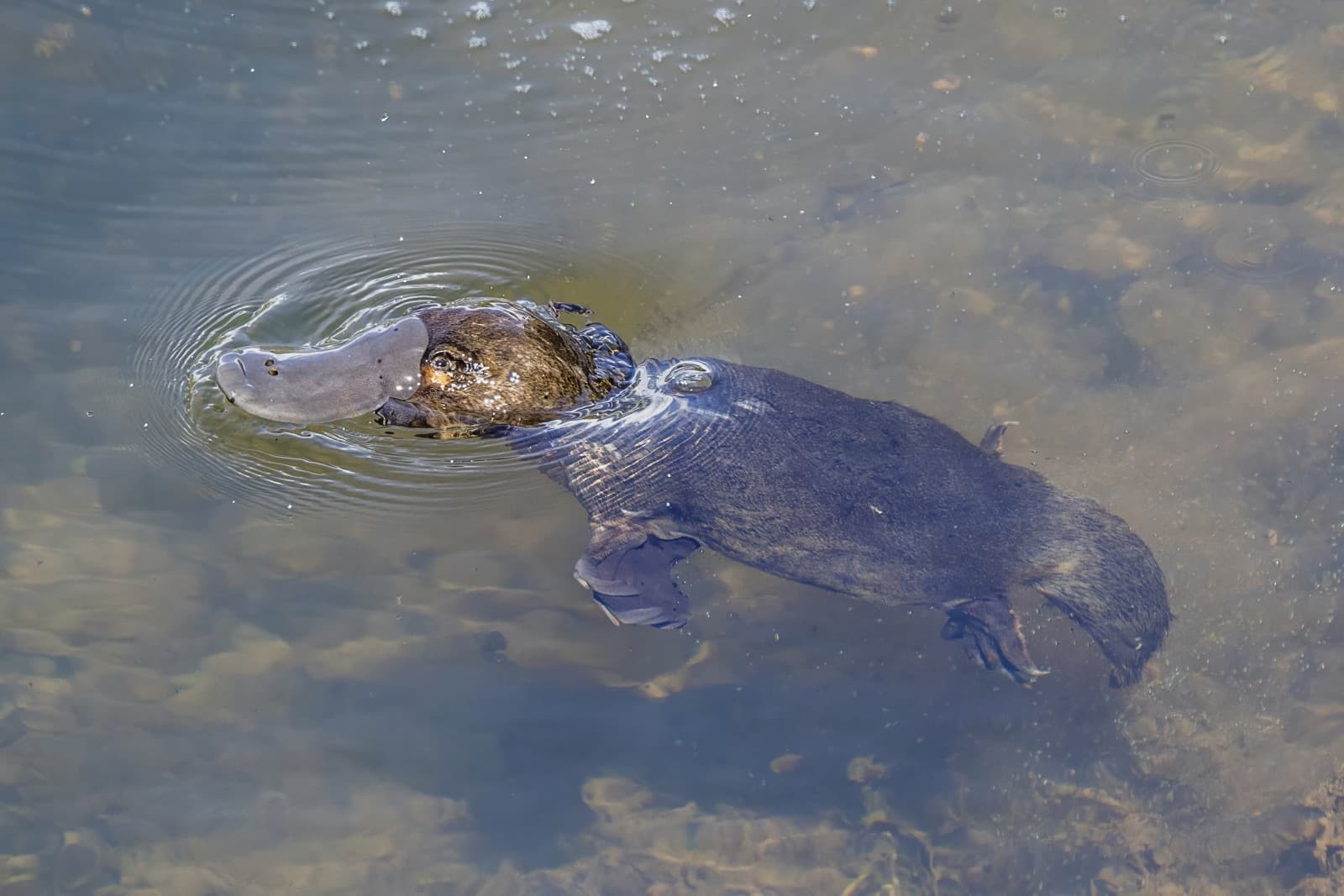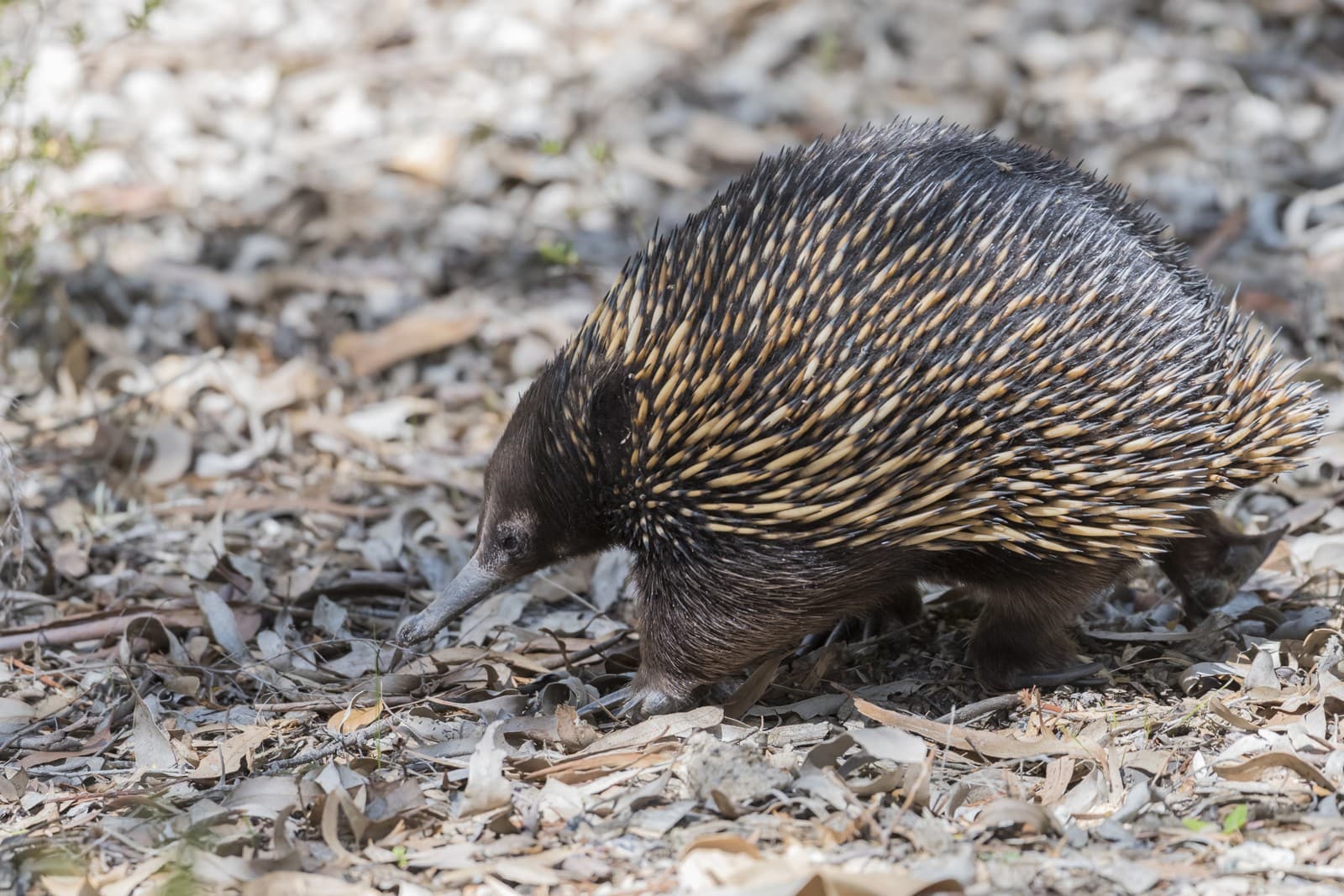Tasmanian Devil vs Wolverine: A Complete Comparison
When comparing the Tasmanian Devil vs Wolverine, we find two of nature’s most formidable pound-for-pound predators, though they evolved on opposite sides of the globe. The Tasmanian Devil, weighing up to 26 pounds (12 kg), is the largest carnivorous marsupial, while the larger Wolverine, reaching 55 pounds (25 kg), is the biggest terrestrial member of the weasel family.
Despite their size difference, both animals share remarkable bite force relative to their size, with Tasmanian Devils capable of exerting pressure up to 1,200 PSI and Wolverines delivering bone-crushing bites of up to 850 PSI. These powerful carnivores have earned fearsome reputations in their respective habitats, though their hunting strategies and social behaviors differ significantly.
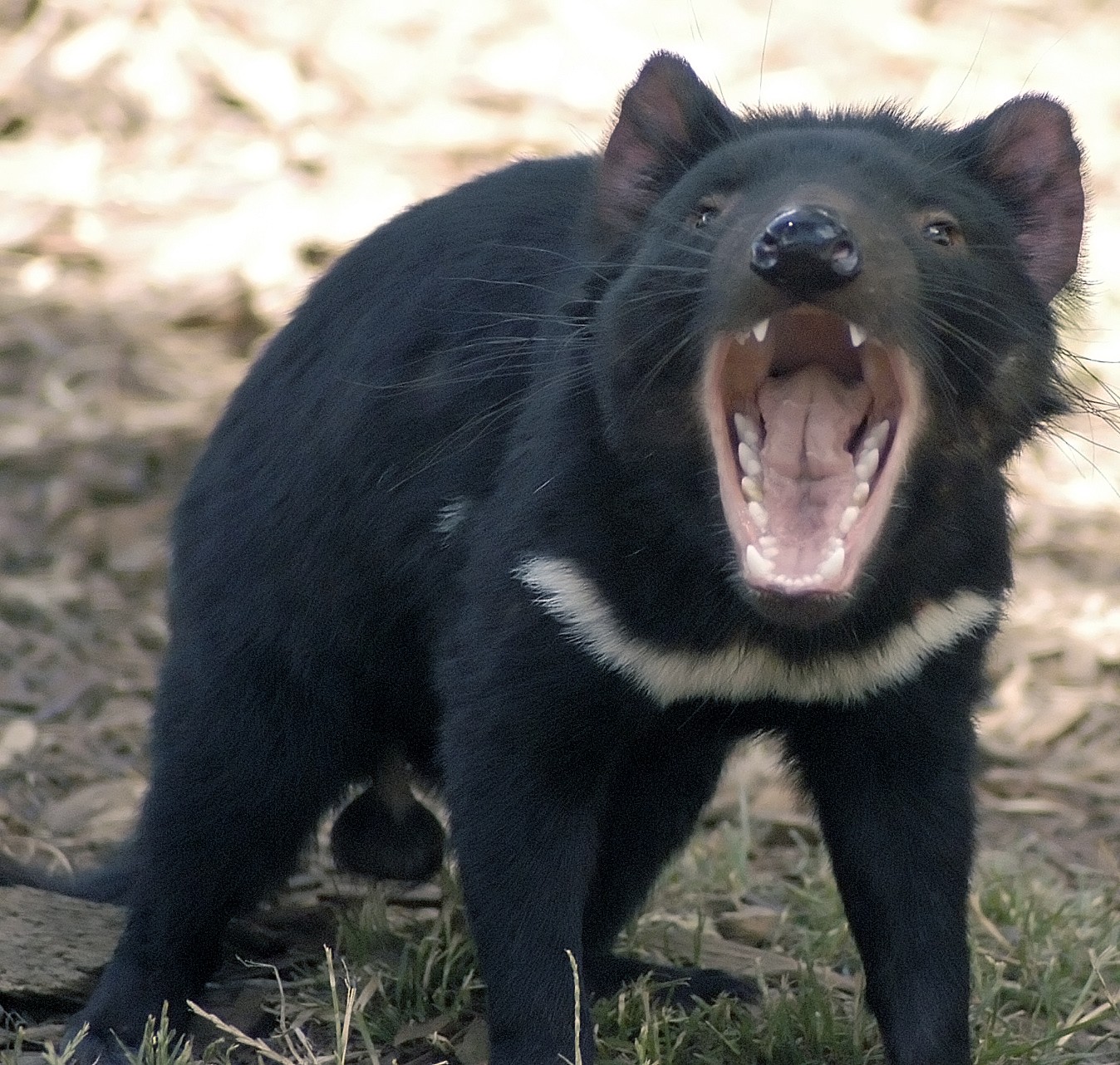
© Wayne McLean ( jgritz) Taken with Nikon D100. / CC BY-SA 2.5
The Tasmanian Devil’s characteristic defensive display showcases its powerful jaws and stocky build, adaptations that make it Tasmania’s apex predator. Despite its relatively small size, this marsupial’s bite force rivals that of much larger predators.
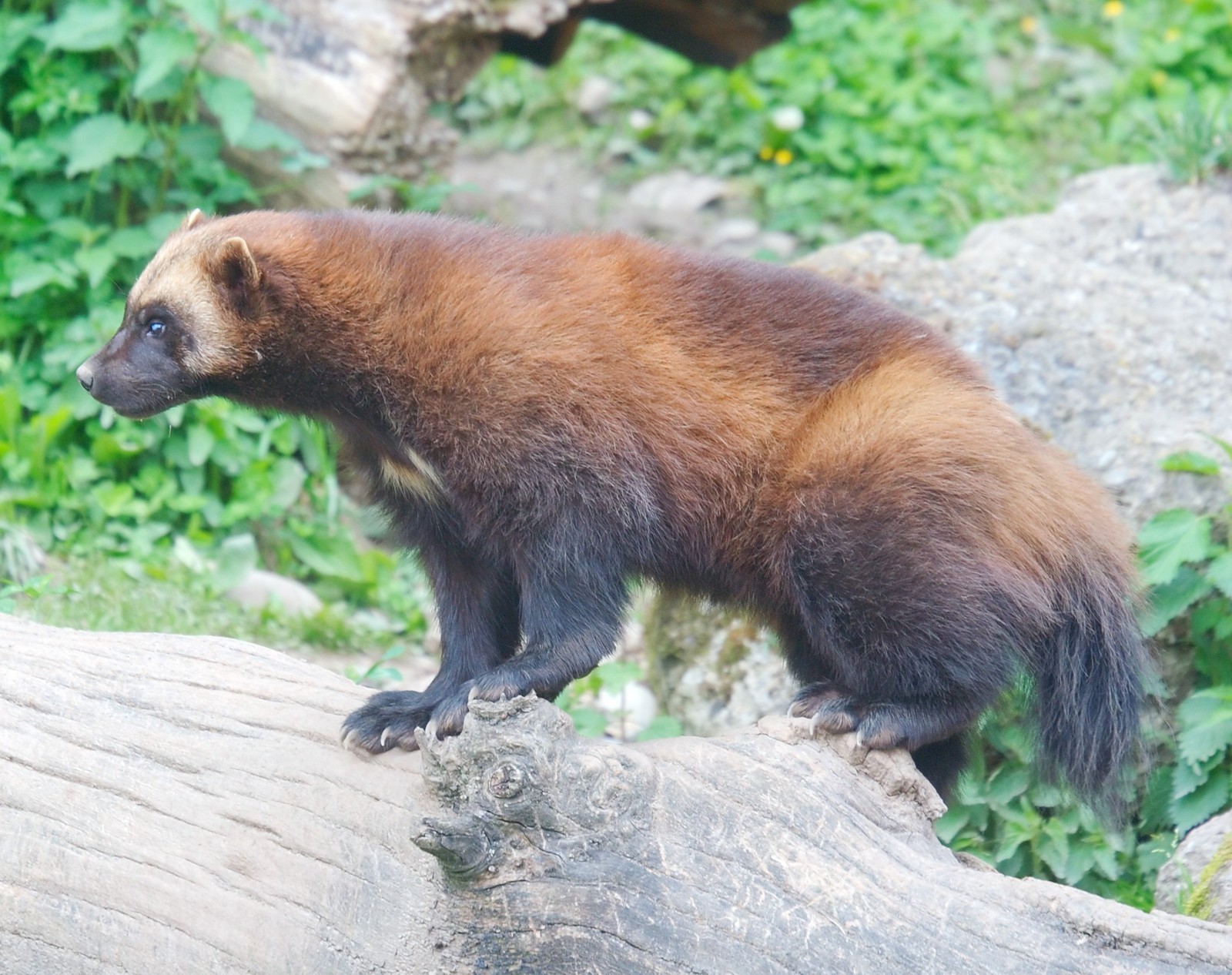
© User:MatthiasKabel / CC BY 2.5
The Wolverine demonstrates its remarkable agility and strength as it navigates its woodland habitat. Its muscular build and distinctive fur pattern are adaptations for survival in harsh northern climates, where it reigns as one of the most formidable predators of its size.
Key Differences: Tasmanian Devil vs Wolverine
| Feature | Tasmanian Devil | Wolverine |
|---|---|---|
| Size | 20-31 inches (51-79 cm) | 26-42 inches (66-107 cm) |
| Weight | 13-26 lbs (6-12 kg) | 24-55 lbs (11-25 kg) |
| Habitat | Tasmania’s forests and coastlines | Northern forests and tundra |
| Diet | Carrion and small prey | Small to medium mammals, carrion |
| Bite Force | Up to 1,200 PSI | Up to 850 PSI |
| Lifespan | 5-8 years wild | 7-12 years wild |
Habitat and Distribution
Tasmanian Devils are endemic to Australia’s island state of Tasmania, thriving in coastal scrubland and forest areas. Wolverines, conversely, range across the northern forests and tundra of North America, Europe, and Asia, demonstrating remarkable adaptability to extreme cold conditions down to -40°F (-40°C).
Hunting and Feeding Behavior
While both species are opportunistic carnivores, their hunting strategies differ significantly. Tasmanian Devils primarily scavenge, using their powerful nose to detect carrion up to 0.6 miles (1 kilometer) away. Wolverines are more active hunters, capable of taking down prey many times their size, including caribou and elk, particularly in deep snow conditions.
Physical Capabilities
Wolverines demonstrate superior climbing and swimming abilities, with semi-retractable claws that enable them to scale trees and traverse snow effectively. Tasmanian Devils, while excellent climbers, are more terrestrial, relying on their powerful jaws and neck muscles to process prey and crack bones.
Social Structure and Behavior
The social dynamics between these species contrast sharply. Tasmanian Devils maintain complex social hierarchies and frequently gather at feeding sites, communicating through a range of vocalizations. Wolverines are primarily solitary, maintaining vast territories up to 500 square miles (1,295 square kilometers) and rarely interacting except during mating season.
Conservation Status
Tasmanian Devils face significant threats from Devil Facial Tumor Disease (DFTD), a rare contagious cancer that has decimated populations since the 1990s. Their conservation status is listed as Endangered. Wolverines, while not endangered, face challenges from habitat fragmentation and climate change, with their population trends closely monitored across their range.
Who Would Win in a Confrontation?
While such encounters would never occur naturally, comparing these predators’ capabilities reveals the Wolverine’s significant advantages in size, strength, and combat adaptations. Its larger size, powerful limbs, and semi-retractable claws would likely overcome the Tasmanian Devil’s formidable bite force. However, both species typically avoid confrontation with similarly-sized predators in their natural habitats.
Evolutionary Adaptations
Despite evolving on different continents, both species show remarkable convergent evolution in their roles as powerful scavengers and predators. Their robust skulls, powerful jaws, and strong digestive systems allow them to process nearly all parts of their prey, including bones and tough tissue, maximizing survival in their respective challenging environments.
